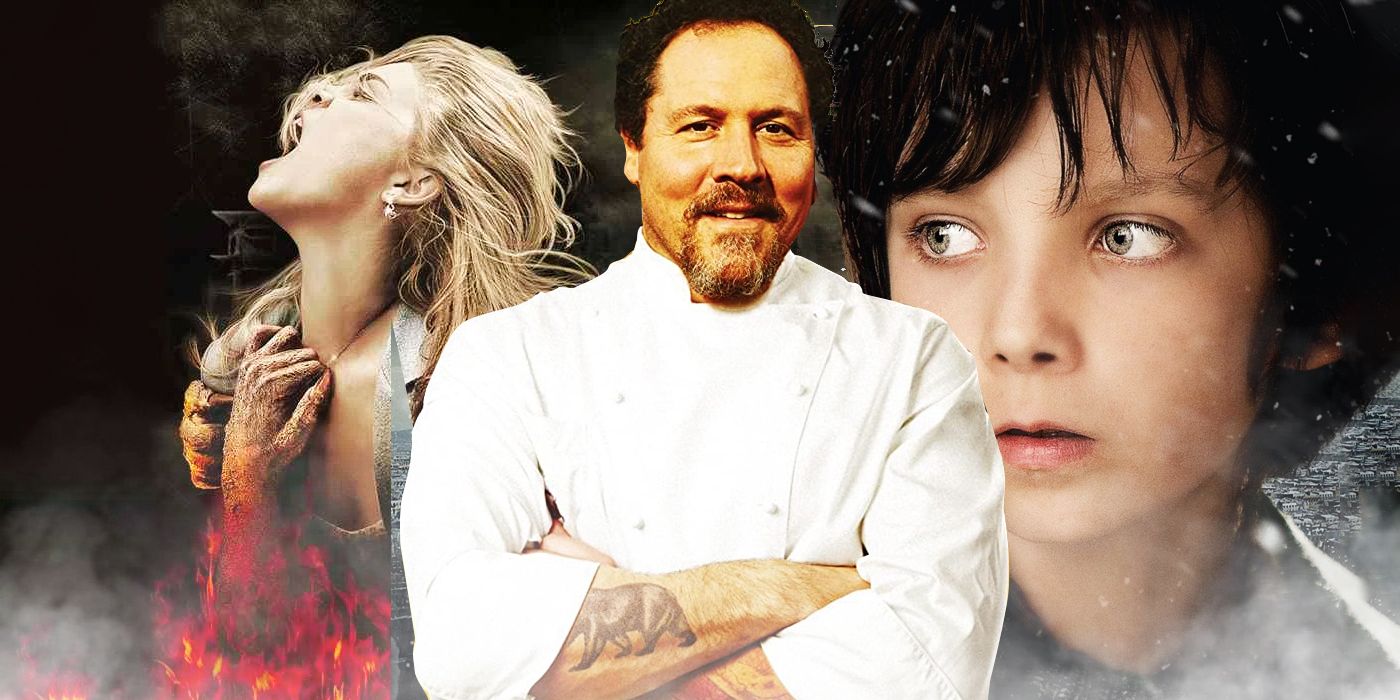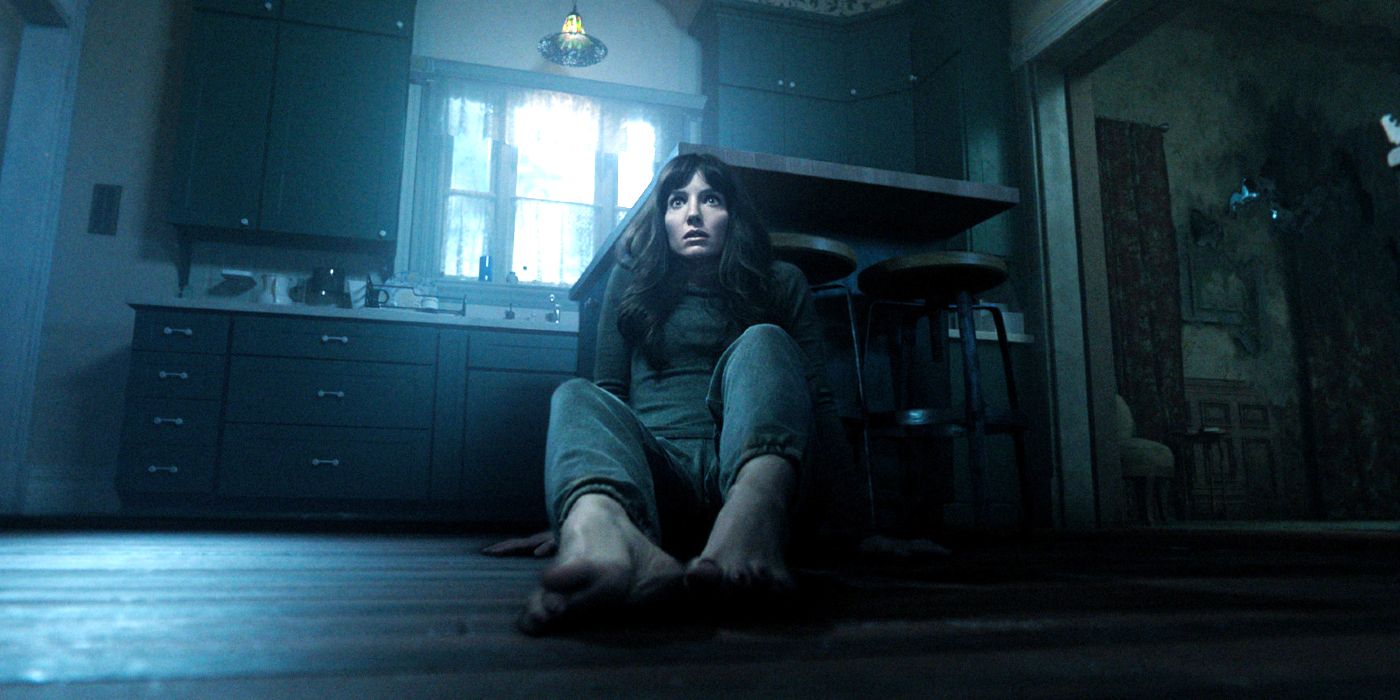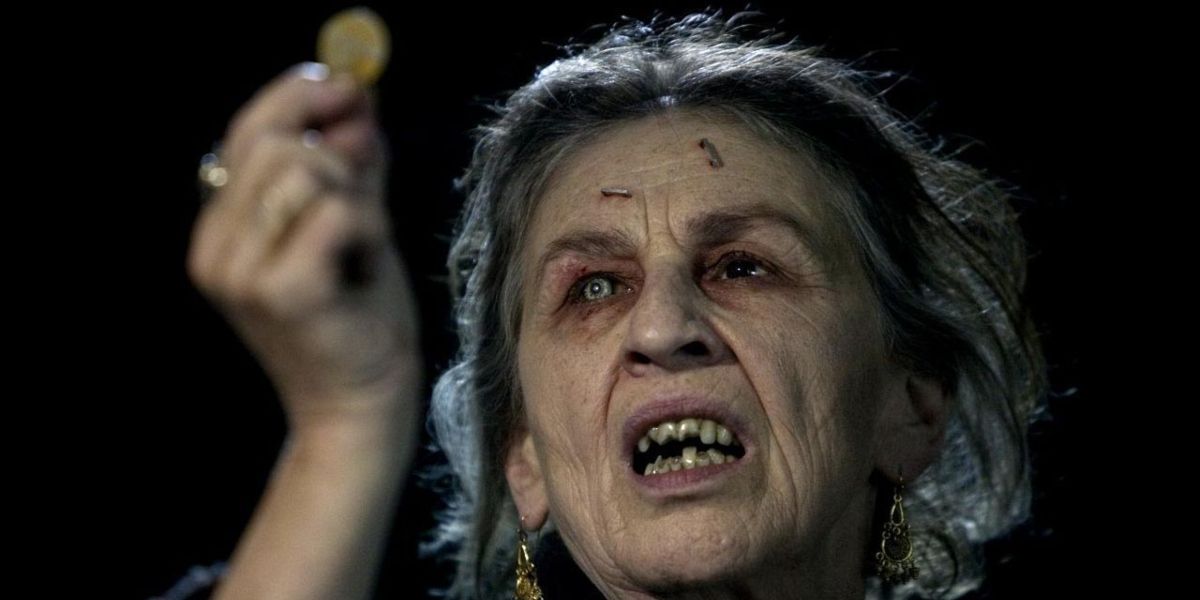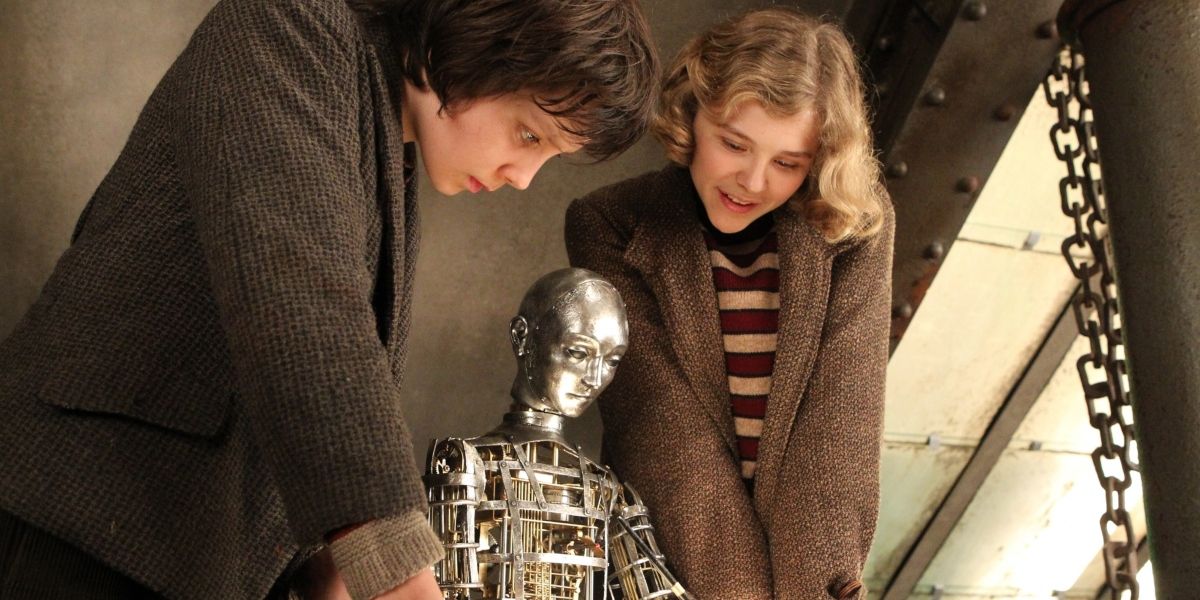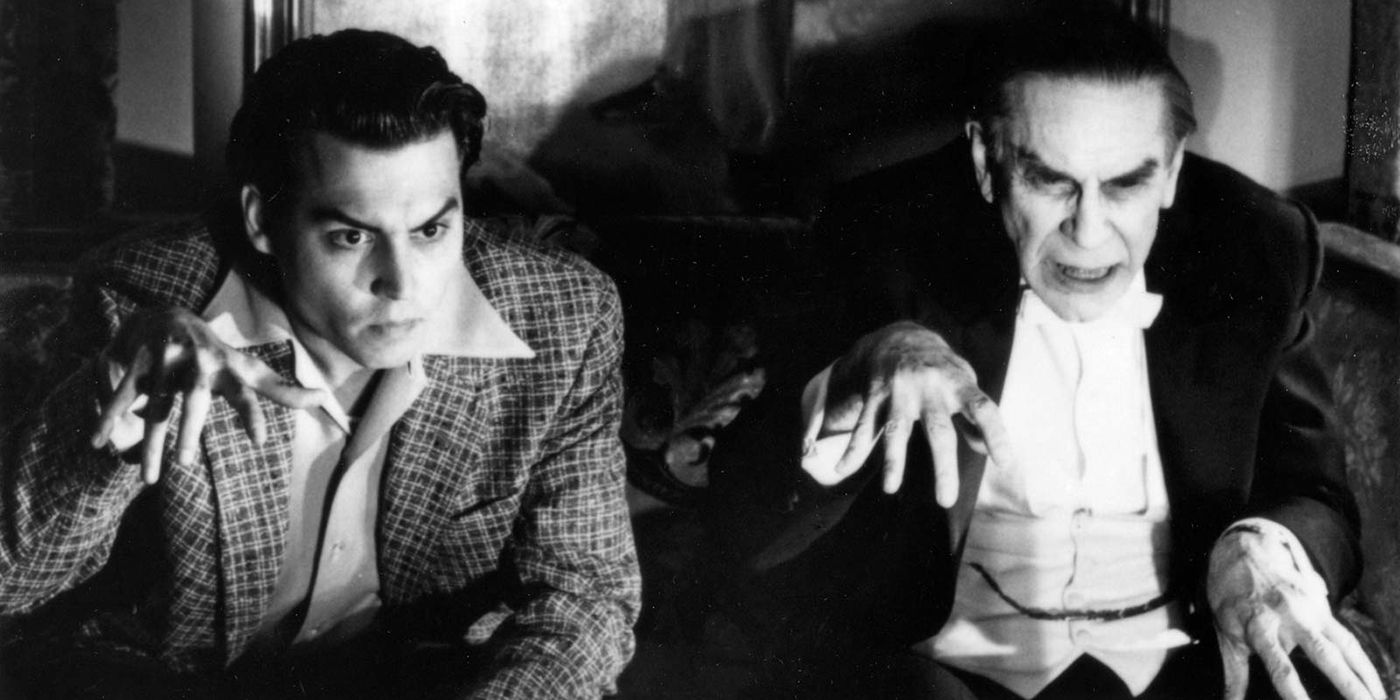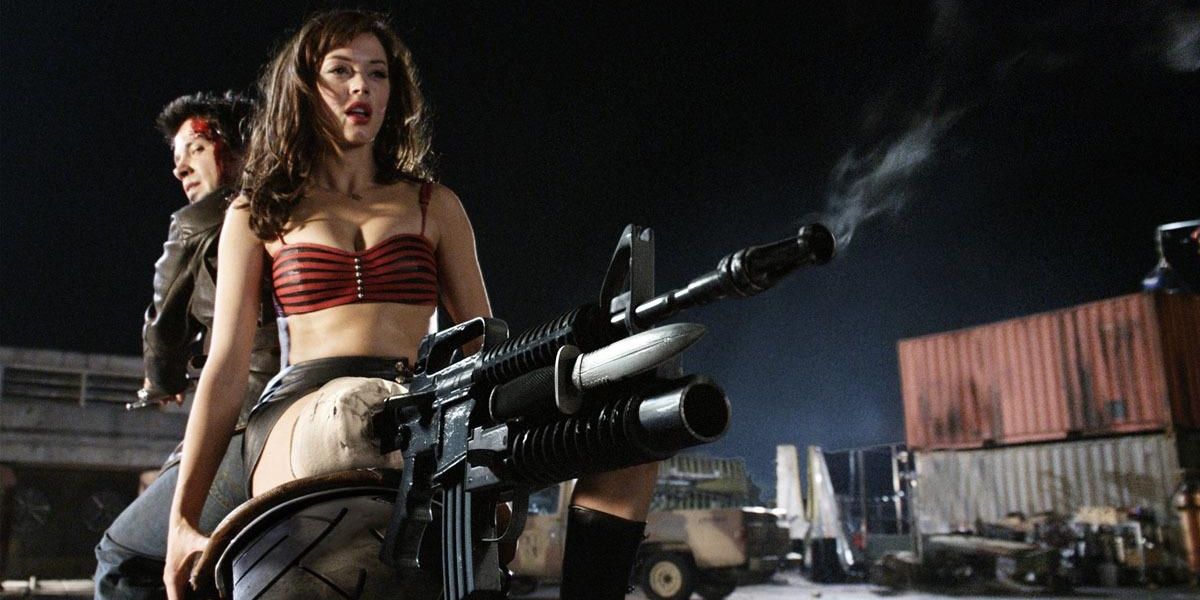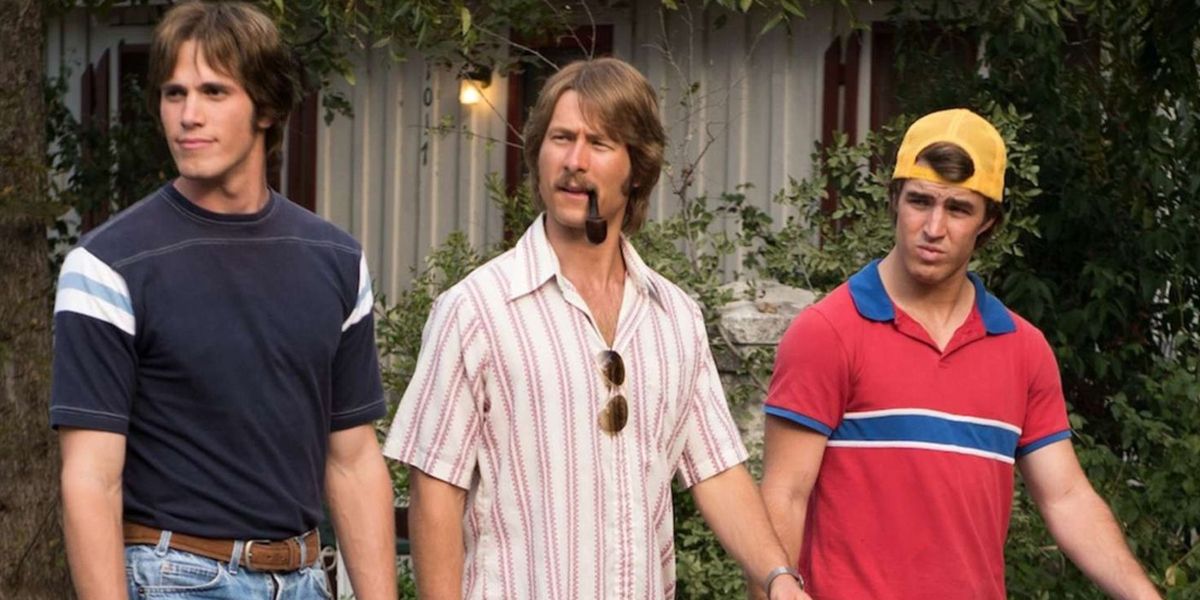“One for them, one for me.” It’s a Hollywood mantra, most often attributed to director Martin Scorsese, that you occasionally hear referenced by superstar filmmakers and actors when they discuss how they balance making movies that are designed to be big-budget, four-quadrant blockbusters with producing smaller, more personal films. However, as giant IP-first, franchise pictures consume the industry, forcing smaller-budget pictures off studio slates and out of multiplexes, it seems like fewer and fewer directors even get to take a chance on a “one for me” — a film that speaks to the heart instead of its box-office potential. But that doesn’t mean it never happens. Enter Malignant, a batshit-insane instant horror masterpiece that dropped in theaters and on HBO Max earlier this month.
Malignant director James Wan certainly didn’t need to return to his favorite genre after guiding Aquaman to $1.1 billion in worldwide ticket sales in 2018. Following Furious 7, Aquaman was the second massive franchise hit on his resume, and with The Conjuring extended universe all set up to continue on with him in a more hands-off role, Wan almost certainly had his pick of big-name projects to choose from. He agreed to stick with the DC franchise, signing up to direct the Aquaman sequel. But before he got to that, he needed what he called “a palette cleanser” — something closer to the low-budget horror films Wan first made his name on.
Malignant is not a movie Wan needed to pad his CV in any way. Instead, it’s clearly something he wanted to make for no other reason than it ticked all his boxes as a fan of the genre. “I honestly just miss my Saw days, my Death Sentence days, and my Dead Silence [days],” Wan told EW, “and I wanted to go do those again. I had so much fun making those films. My career has kind of dictated what kind of film I should be doing now. But I thought, you know what, I know I'm coming back to Aquaman 2, so why don't I take this opportunity now?”
That kind of opportunity is only available to directors who have hit a certain level of Hollywood success. Though Malignant’s $40 million budget is far below what gets spent on a typical Marvel or Fast and Furious film, it’s still more than what most studios are going to want to throw at a horror movie that ignores modern trends in favor of homaging classic films from the Giallo and body-horror subgenres. It’s going to take somebody with Wan’s track record to get a green light for that kind of film, and it’s delightful to see him crank out a “one for me” in such glorious and subversive fashion.
Though it’s increasingly rare, there are some other examples of directors who threw caution in the wind to make a smaller film that scratched a particular itch or spoke to them personally. In honor of Malignant, here are six more “one for me” movies, made by seven directors across several genres, that are worth your time:
Drag Me to Hell (Sam Raimi, 2009)
We’ll start with the one that is most similar to Malignant. Evil Dead mastermind Sam Raimi, burnt out on spandex after making back-to-back-to-back Spider-Man films for Sony (the last one of which was particularly grueling), decided to return to the horror well with this tale of a young bank loan officer (Alison Lohman) whose life literally goes to hell when she turns down a mortgage extension for an elderly woman, who just goes ahead and places a magical curse on her. Though not quite up to Evil Dead levels, Drag Me to Hell is a fun return to the type of gonzo horror Raimi excels at and features a shocking ending that still gets mentioned as one of the genre’s best. Raimi would return to giant, franchise pictures with Oz the Great and Powerful and the upcoming Doctor Strange in the Multiverse of Madness, but it’s always a treat when he dives into one of his patented, low-fi spookfests.
Hugo (Martin Scorsese, 2011)
It’s tough to imagine what audience Hugo is made for. Based on an illustrated, historical-fiction book by Brian Selznick, Hugo details the trials of a young orphan boy who helps maintain the clocks at a giant European railway station and gets drawn into a mystery involving a broken, robotic “automaton” and the films of Georges Méliès. Ostensibly it’s an adventure story for kids, and under a different director, like Ice Age’s Chris Wedge (who was originally attached to it), that’s likely exactly what it would have been. But with Martin Scorsese in charge, Hugo became something else entirely -- a celebration of early cinema and film preservation that taps deep into Scorsese’s passions with little regard for how it plays to all audiences. It’s an odd but interesting film and feels completely different from the more successful, Leonardo DiCaprio-starring dramatic epics that surround it on Scorsese's filmography.
Ed Wood (Tim Burton, 1994)
Tim Burton was already tapping into his own idiosyncrasies early in his career with Beetlejuice and Edward Scissorhands, but he really put his Batman juice to good use with Ed Wood, a black-and-white ode to B-movie filmmaking that is hard to imagine any other director daring (or being allowed) to make. Ever-present Burton muse Johnny Depp plays the titular Wood, the real-life, wide-eyed wannabe filmmaker who was notoriously responsible for some of the most critically jeered movies ever made, including 1957’s infamous Plan 9 from Outer Space. Burton dives into both Wood’s campy aesthetic and obsessions, including the transvestism which was important to Wood both personally and as a focus of his filmmaking. Martin Landau won an Oscar for portraying a past-his-prime Bela Lugosi, and Burton gave us what might be the best movie of his career.
Chef (Jon Favreau, 2014)
Iron Man had been an industry-altering smash. But director Jon Favreau followed it up with Iron Man 2, during which he butted heads with Marvel, and the genre mishmash Cowboys & Aliens, which tanked on arrival. You get the sense he badly needed a break from big-budget, effects-heavy filmmaking. So it wasn’t a surprise when he released Chef, a tiny, character-based drama so completely unlike everything else in Favreau’s directorial filmography. Favreau himself plays the lead role, a successful Los Angeles chef who blows up at his boss, has an online meltdown, and ends up operating a food truck that sells Cuban sandwiches with his estranged son. Chef is a minor, low-key affair, but it also serves as an interesting allegory for some of Favreau’s real-life professional turmoils. After its release, Favreau went back to massive, CG-heavy blockbusters with Disney’s The Jungle Book and The Lion King remakes, along with creating and running The Mandalorian. So who knows when we’ll see him put out something this small and personally meaningful again?
Grindhouse (Quentin Tarantino & Robert Rodriguez, 2007)
By the time they decided to team up to make this ode to 70s exploitations films, Quentin Tarantino had proven his career was going to have legs by releasing the awe-inspiring Kill Bill duology and Robert Rodriguez was busy alternating between movies for adults (Desperado, Sin City) and for kids (Spy Kids, The Adventures of Sharkboy and Lavagirl) that seemed equally profitable. The Weinsteins (still in power … ugh) weren’t about to say no to either of them, so the pair used their clout to combine forces for Grindhouse, a double feature that celebrated the down-and-dirty genre movies they grew up loving. Neither individual film —Tarantino’s car porn/slasher hybrid Death Proof or Rodriguez’s zombie-themed Planet Terror — is among either director’s best, but Grindhouse is the kind of ballsy stunt almost no other filmmakers could pull off. The best way to watch these films is still to see them packaged together, and as a bonus, you get fake “grindhouse” movie trailers from the likes of Edgar Wright, Rob Zombie, and Eli Roth padding out the experience.
Everybody Wants Some!! (Richard Linklater, 2016)
Linklater had tried to get his spiritual sequel to Dazed and Confused made for years, but it was only after he ran off the critically-beloved trifecta of Bernie, Before Midnight, and (especially) Boyhood that he was able to talk Annapurna Pictures into funding it. And let’s be thankful he did as Everybody Wants Some!! might just be the most underrated entry in Linklater’s impressive filmography. The college-set tale features a number of Linklater hallmarks including its compact, “slice of life” timeframe (it’s set over just a couple of days) and its baseball-centric side plot. The film is absolutely a must-watch for fans of Dazed and has moments that should resonate with anyone who enjoyed their college experience, whether you were a jock like Linklater’s characters here or not.

